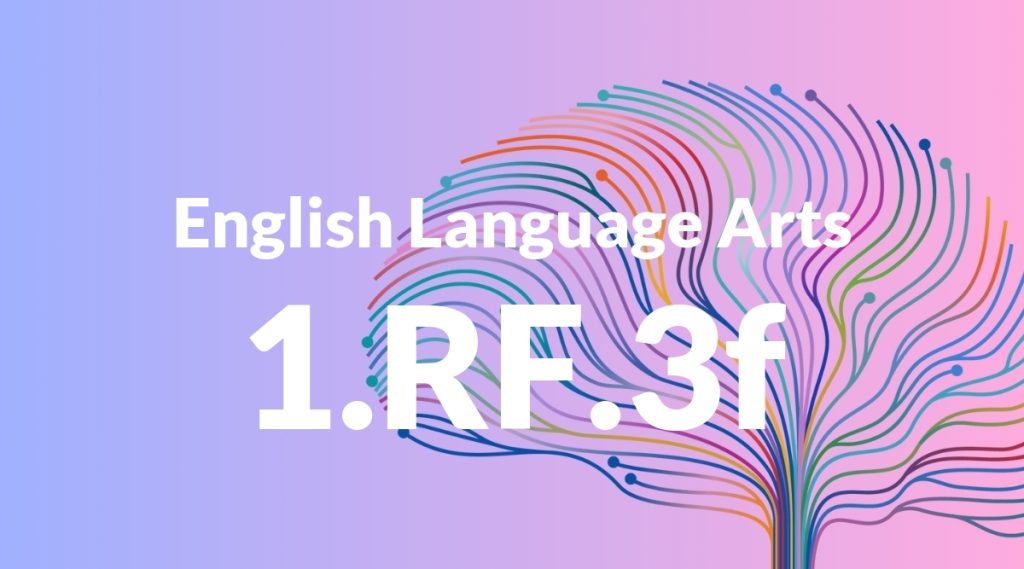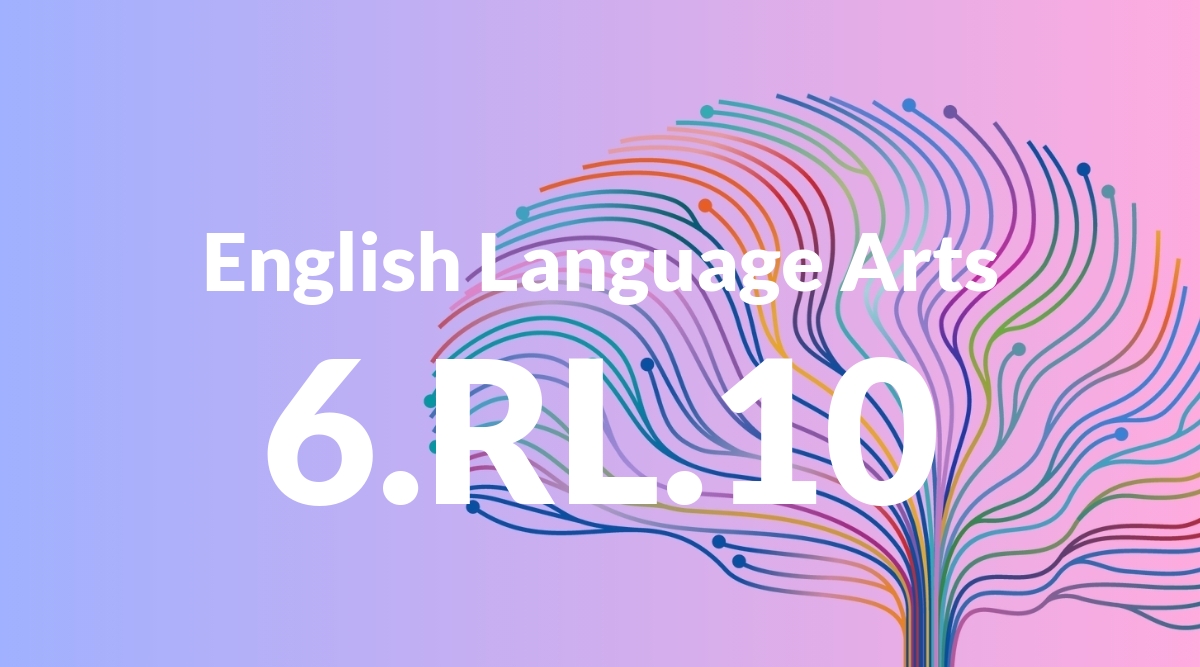Standard: 1.RF.3f – Read words with inflectional endings.
Grade level: Grade 1
Subject: English Language Arts
Domain: Reading: Foundational Skills
Teacher Overview
This standard focuses on enabling students to read words with inflectional endings, such as -s, -ing, and -ed. Mastery of this standard is crucial as it helps students understand how words change to convey different tenses, numbers, and aspects, which is fundamental to reading fluency and comprehension in Grade 1. Students should have a solid understanding of basic phonics, including the ability to recognize letter sounds and blend them to form simple words.
After mastering this standard, students will be able to decode and understand more complex words and sentences, which will significantly enhance their reading fluency and comprehension.
Common Misconception 1
Some students may believe that adding an inflectional ending completely changes the root word, not recognizing that the core meaning of the word remains the same.
Intervention 1
Introduce word families and practice with examples to show how the root word stays the same while the ending changes. Use visual aids and word cards to reinforce this concept.
Common Misconception 2
Students may find it difficult to pronounce words with inflectional endings correctly, often skipping or mispronouncing the endings.
Intervention 2
Engage students in phonics exercises and repetitive reading activities that emphasize the correct pronunciation of inflectional endings. Use choral reading and phonics games to make practice engaging.
Prerequisite Knowledge
Students should know basic phonics, including letter sounds and simple blending of sounds to form words.
Subsequent Knowledge
Students will develop the ability to decode and understand more complex words and sentence structures, enhancing their overall reading fluency and comprehension.
Instructional Activities
- Create word cards with root words and inflectional endings for matching games.
- Conduct choral reading sessions where students read sentences with inflectional endings together.
- Use interactive whiteboards to highlight and manipulate inflectional endings in sentences.
- Incorporate inflectional endings in daily writing prompts and classroom discussions.




